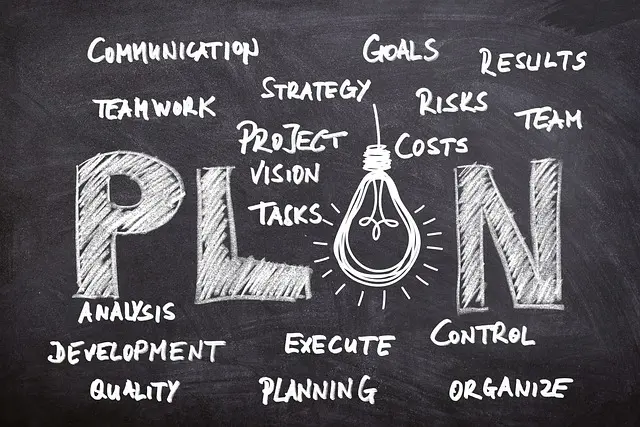
I. Introduction : Capturing the Reader’s Attention
To begin an essay with a captivating introduction, you must first understand the significance of capturing the reader’s attention. The introduction serves as a gateway, enticing the reader to delve into the rest of the essay. It provides a brief overview of the topic while establishing its relevance in a concise manner. By incorporating a strong hook, such as a compelling statistic or an intriguing anecdote, you can immediately pique the reader’s curiosity and compel them to continue reading.
Furthermore, a well-crafted introduction should clearly outline the purpose and main points of the essay. By presenting a clear thesis statement that encapsulates the essay’s central argument, you set the tone for the rest of the piece. This allows the reader to anticipate the content that will be explored, ultimately enhancing their comprehension. Remember, the introduction is not only a gateway but also a roadmap that guides the reader through the subsequent body paragraphs. By adhering to these principles, you will create an engaging introduction that lays the foundation for a successful essay.
Crafting the Body Paragraphs: Presenting and Supporting Your Ideas
The body paragraphs of an essay are where you present and support your ideas. Each paragraph should focus on one main point, and should be structured in a logical and coherent manner. To effectively craft your body paragraphs, start by clearly stating your main idea or argument. Use keywords such as “analyze,” “explain,” or “discuss” to guide your reader through your thought process. Make sure to provide evidence or examples to support your claims, whether it be through research, personal experience, or logical reasoning. Additionally, use transitional phrases like “moreover,” “in addition,” and “furthermore” to help connect your ideas and create a smooth flow in your writing. By thoughtfully presenting and supporting your ideas in the body paragraphs, you will provide a strong foundation for your essay.
Enhancing the Essay’s Coherence: Strategies for Smooth Transitions
When crafting an essay, it is essential to ensure that the ideas flow smoothly from one paragraph to another. This cohesion not only makes the essay easier to read but also enhances the overall coherence of the piece. There are various strategies that can be employed to achieve these smooth transitions.
One effective strategy is through the use of transitional words or phrases. These include words such as “however,” “therefore,” and “in addition,” which help to connect different ideas or provide a logical progression. By incorporating these transitional words, the reader is guided through the essay, making it easier to understand the connections between the various points being made.
Another strategy for enhancing coherence is through the use of pronouns. By referring back to previously mentioned concepts or ideas, pronouns such as “it,” “he,” or “they” help to create a seamless transition between paragraphs. This way, the reader can easily follow the train of thought and understand how each paragraph relates to the overall argument presented in the essay.
Revising and Editing: Polishing Your Essay to Perfection
Revising and editing are crucial steps in the essay writing process. They allow you to fine-tune your essay and ensure that it is polished to perfection. During the revision phase, you should focus on the overall structure and organization of your essay. Take a step back and read your essay with a critical eye, paying attention to the flow and coherence of your ideas. Look for any gaps in your argument or areas where more support is needed. Additionally, check for any spelling, grammar, or punctuation errors that may have been overlooked in the initial draft. A thorough revision will help you refine your essay and make it more cohesive and persuasive.
Once you have completed the revision phase, it’s time to move on to editing. During the editing process, you should focus on the finer details of your essay, such as sentence structure, word choice, and clarity of expression. Pay attention to the language you are using and ensure that it is appropriate for your audience and purpose. Remove any unnecessary jargon or overly complex sentences that may confuse your readers. Additionally, check for consistency in your writing style and tone throughout the essay. By carefully editing your essay, you will be able to eliminate any errors or distractions that may detract from the overall quality of your work.












